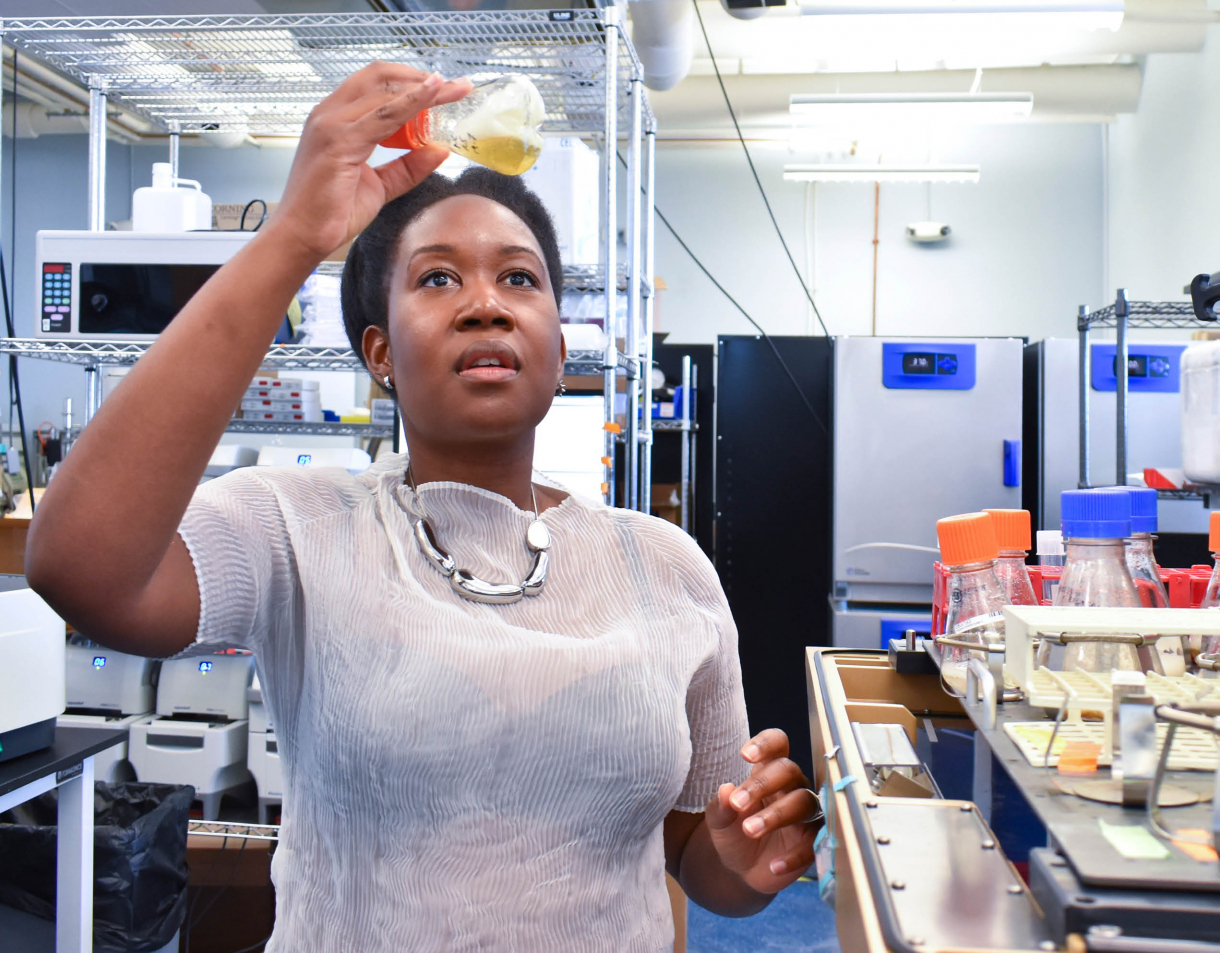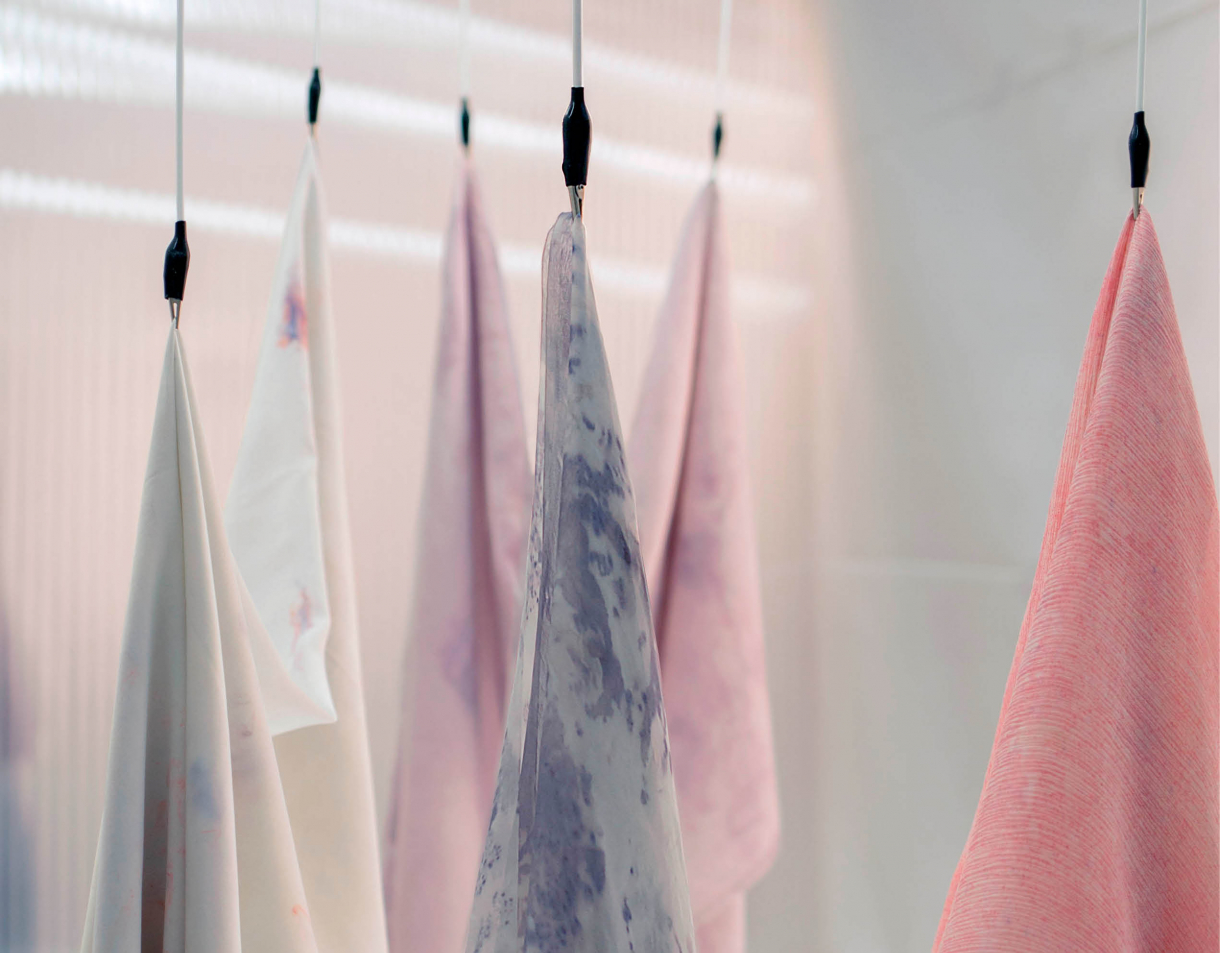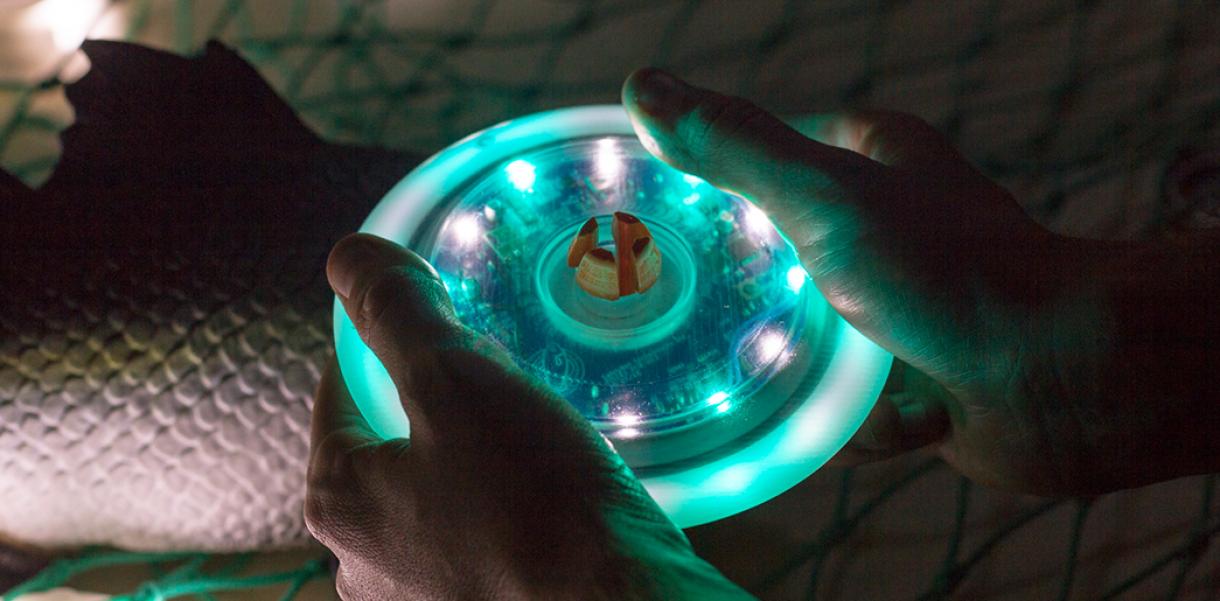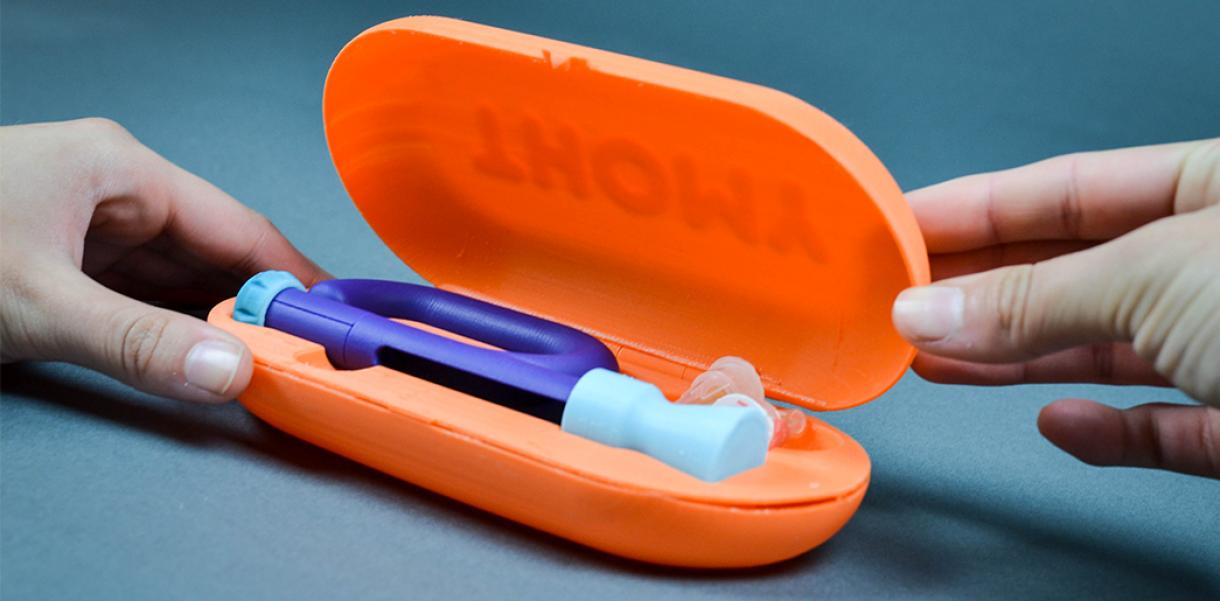Laying eyes on Project Coelicolor’s work conjures up ideas of an undiscovered planet. But, the beautiful peaks and troughs, in hues of grey and pink, represent a world that’s much closer than we think. A world, usually invisible to the naked eye, which we share with trillions of microscopic beings. The world of bacteria.
London based Faber Futures, founded and led by bio-designer Natsai Audrey Chieza, are exploring this foreign territory. Not for medical research, but for an answer to our broken fashion industry. And they think they’ve found it.
Today, textile dyeing is one of the most polluting commercial processes. Not to mention, a huge consumer of water. That’s why the Faber Futures team are merging design thinking, technology and nature to explore new and sustainable colour alternatives.
Chieza’s journey began back in 2011 when she met Professor John Ward at the University College London who introduced her to a bacteria called Streptomyces coelicolor. “He was using this organism in his lab for research on antibiotics and what I found compelling about it was that it produced a pigment,” explains Chieza. “The question was then, could I integrate this with design systems? And textiles became an interesting interface to do that.”
Since then, Chieza and her team have been developing a suite of dyeing and printing methods with their bacteria pigments. When grown directly on to textiles, the bacteria generate pigment molecules that attach themselves to fibres. This makes the dyes colour-fast without the need for chemicals, and the whole process uses up to 500 times less water than normal dying methods.
“If we divest from fossil fuels for energy, we’re going to have to divest from fossil fuels for our materials."
The end results are stunning. As the Streptomyces coelicolor blooms across the surface of the fabric, they create striking colours in swirling and rippled patterns, appearing, in many ways, alive.
“The pigment molecule is blue but, depending on how you work with it in the lab, it can be purple, pink or red,” says Chieza. “We then use scientific methods to create growth conditions -- programming bacterial to have specific functions.”
While these unique dyeing methods were initially explorative, the lab, through years of trial and error, can now design patterns before they grow them. And the next phase is to digitise all of these protocols to enable more streamlined production, particularly for their collaborators and partners.
With both sustainable production methods and a stunning aesthetic, Faber Futures are at the forefront of a fashion revolution. And both investors and the industry are jumping in. Brands, in particular, are now looking to embed their own identity into bio fabrication design strategies.
“How we want to see the world change cannot happen in isolation. Biology teaches us that we need diversity to thrive.”
“We want to encourage them to think about how they could do things fundamentally different,” says Chieza. “If we divest from fossil fuels for energy, we’re going to have to divest from fossil fuels for our materials. This can start to replace these very damaging practices that are ruining our waterways and causing people to get sick because of chemical exposure.”
Outside of the industry, Project Coelicolor has also spurred others to explore bacterial dyes. Biology is now seen as not just a phenomenon to be mimicked but as a co-actor that can be integrated with how we design and innovate, according to Chieza. She believes the future of Project Coelicolor will be strongest if it’s developed collaboratively, across industries and contexts.
“As we’re entering this new phase of biology-driven manufacturing, I’m very excited to see the different approaches to answer these pressing questions, says Chieza. “How we want to see the world change cannot happen in isolation. Biology teaches us that we need diversity to thrive.”









